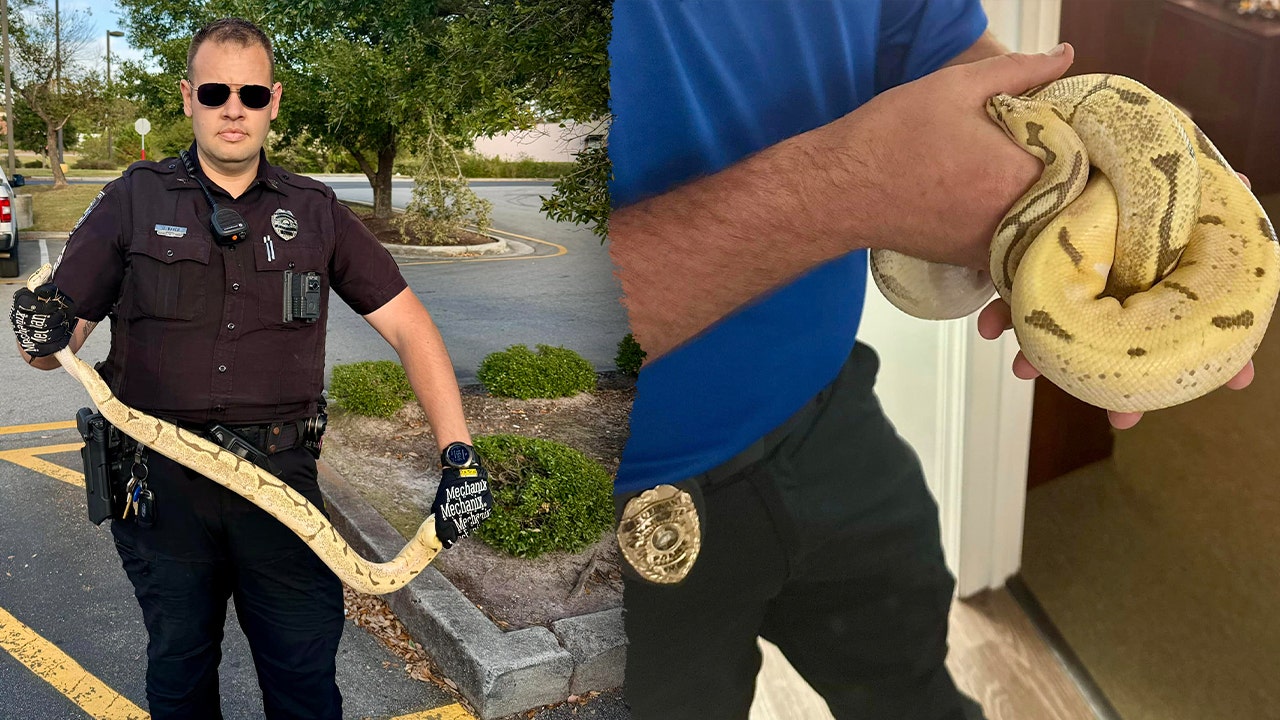Most living creatures are bound by the fact of birth, aging and death. Few, however, have evolved to break the typical life cycle.
The aptly named immortal jellyfish (Turritopsis dohrnii) is one such animal — and, in a surprise discovery now published in Proceedings of the National Academy of Sciences, scientists have added its cousin, the comb jellyfish (Mnemiopsis leidyi), to the coveted forever young club.
Researchers at the University of Bergen in Norway realized they had a de-aging specimen in their lab when they found a larval ctenophore in a tank where a mature comb jellyfish was supposed to be.
The unintended finding begs the question of just how many more animals can age in reverse.
“The work challenges our understanding of early animal development and body plans, opening new avenues for the study of life cycle plasticity and rejuvenation. The fact that we have found a new species that uses this peculiar ‘time-travel machine’ raises fascinating questions about how spread this capacity is across the animal tree of life,” said study co-author Joan J. Soto-Angel in a statement per Phys.org.
Soto-Angel and her team ran experiments in an attempt to recreate the circumstances that led the comb jellyfish to revert to its infancy, identifying extreme stress as the trigger.
“Witnessing how they slowly transition to a typical cydippid larva as if they were going back in time, was simply fascinating,” said Soto-Angel. “Over several weeks, they not only reshaped their morphological features, but also had a completely different feeding behavior, typical of a cydippid larva.”
Previous research suggests that comb jellyfish may have been the first animal species to appear on Earth 700 million years ago, and may indeed owe its longevity to their ability to reverse growth and development.
“This is a very exciting time for us,” said Paul Burkhardt, who co-wrote the study. “This fascinating finding will open the door for many important discoveries. It will be interesting to reveal the molecular mechanism driving reverse development, and what happens to the animal’s nerve net during this process.”
In the future, similar findings could lead scientists to understand how humans, too, might harness the aging process.
















